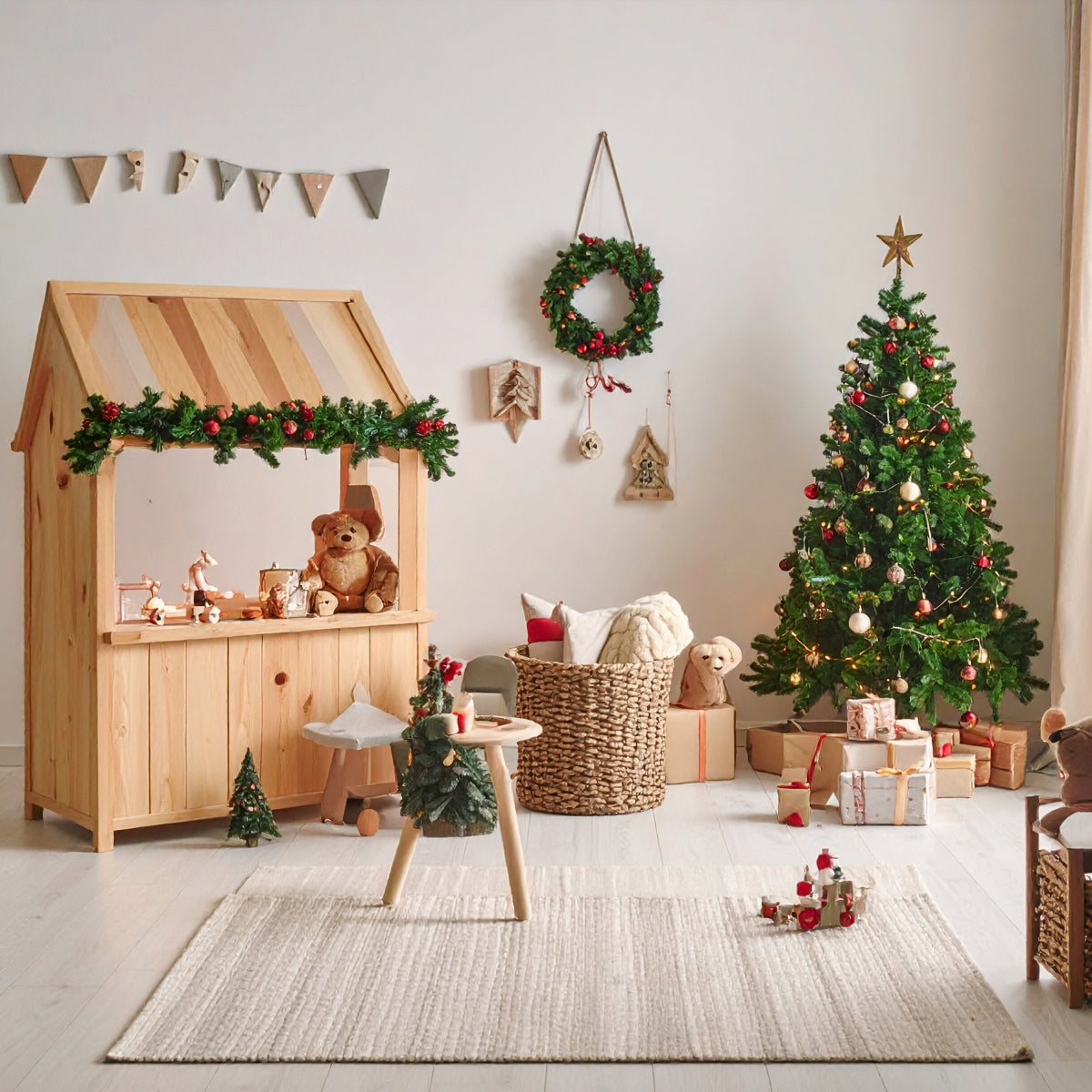
Alder
Alder Wood – Properties, Uses & Special Features
Alder wood comes from various species of the Alnus genus, especially black alder (Alnus glutinosa) and grey alder (Alnus incana). It is considered a native hardwood and is valued for its warm color, fine texture, and versatile applications.
Origin & Species
-
Genus: Alnus
-
Main species: Black alder, grey alder, red alder
-
Distribution: Europe, northern Asia, North America
-
Habitat: Moist soils, near rivers, wetlands
Appearance & Structure
-
Color: Reddish-white to reddish-brown
-
Grain: Fine, even, sometimes with pith flecks
-
Surface: Smooth, well polishable
-
Special feature: Darkens when exposed to light
Technical Properties
| Feature | Description |
|---|---|
| Hardness | Soft to medium-hard (approx. 27–30 N/mm²) |
| Density | Approx. 510–550 kg/m³ – medium weight |
| Workability | Excellent for sawing, carving, turning |
| Elasticity | Good – ideal for delicate shapes |
| Durability | Low – but highly durable underwater |
| Drying | Fast and even, minimal risk of cracking |
Applications
-
Furniture: Drawer parts, small furniture, veneers
-
Toys: Figures, plug-in games, turned components
-
Musical instruments: Guitar necks, accordion parts
-
Model making: Prototypes, craft projects
-
Restoration: Imitation of fine woods (e.g. mahogany)
-
Underwater construction: Pile dwellings, sluice gates
-
Smoking chips: Mild flavoring of food
Advantages
-
Lightweight and easy to work with
-
Warm, friendly appearance
-
Good stainability – ideal for color variations
-
Excellent underwater durability
-
Sustainable and regionally available
Disadvantages
-
Not weather-resistant outdoors
-
Risk of splintering when nailed
-
Susceptible to fungi and insects when in contact with soil
Conclusion
Alder wood is a versatile, fine-pored material with natural elegance. It’s ideal for toys, furniture, and creative indoor applications – easy to work with, ecologically sound, and aesthetically pleasing.





